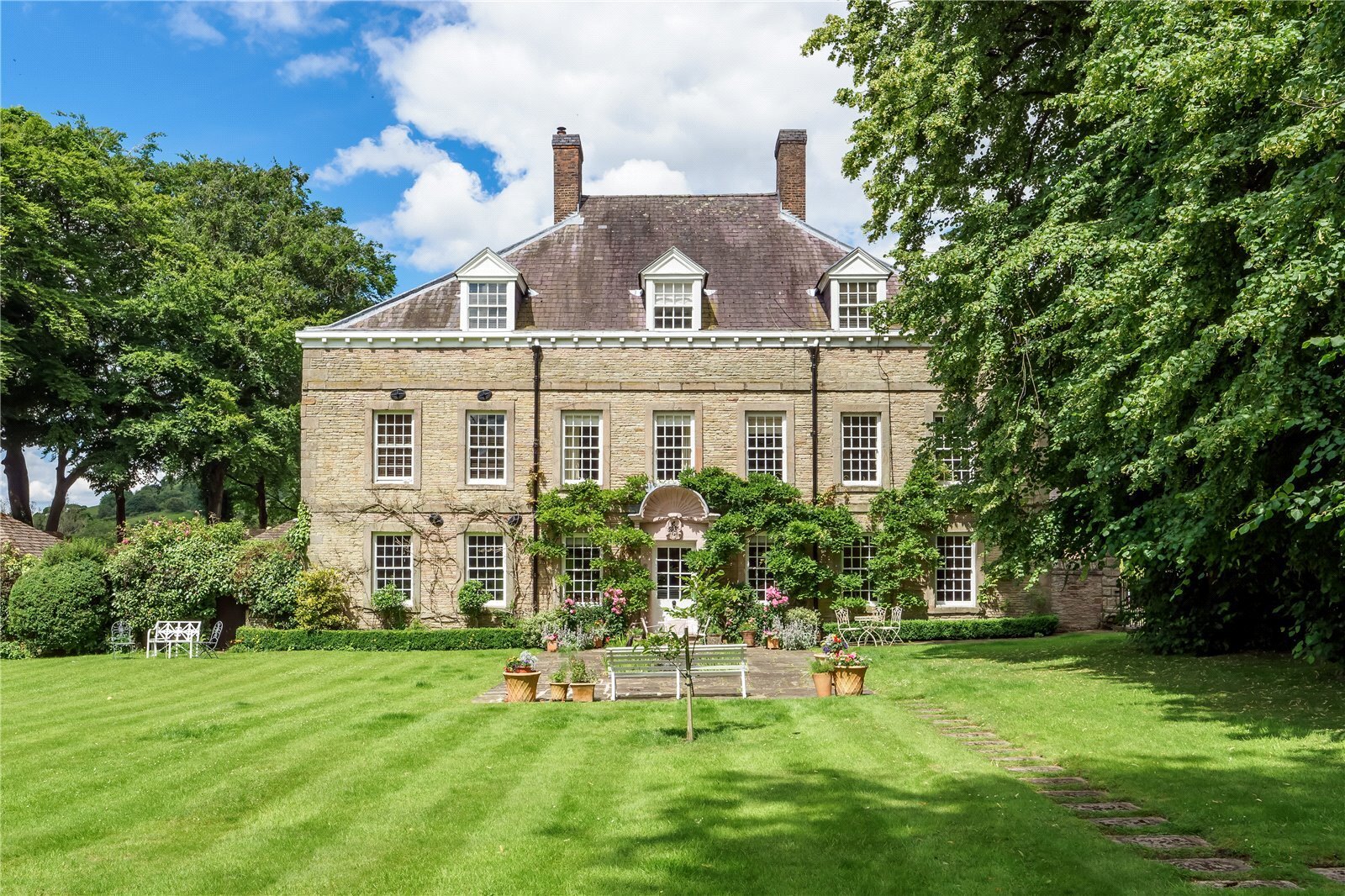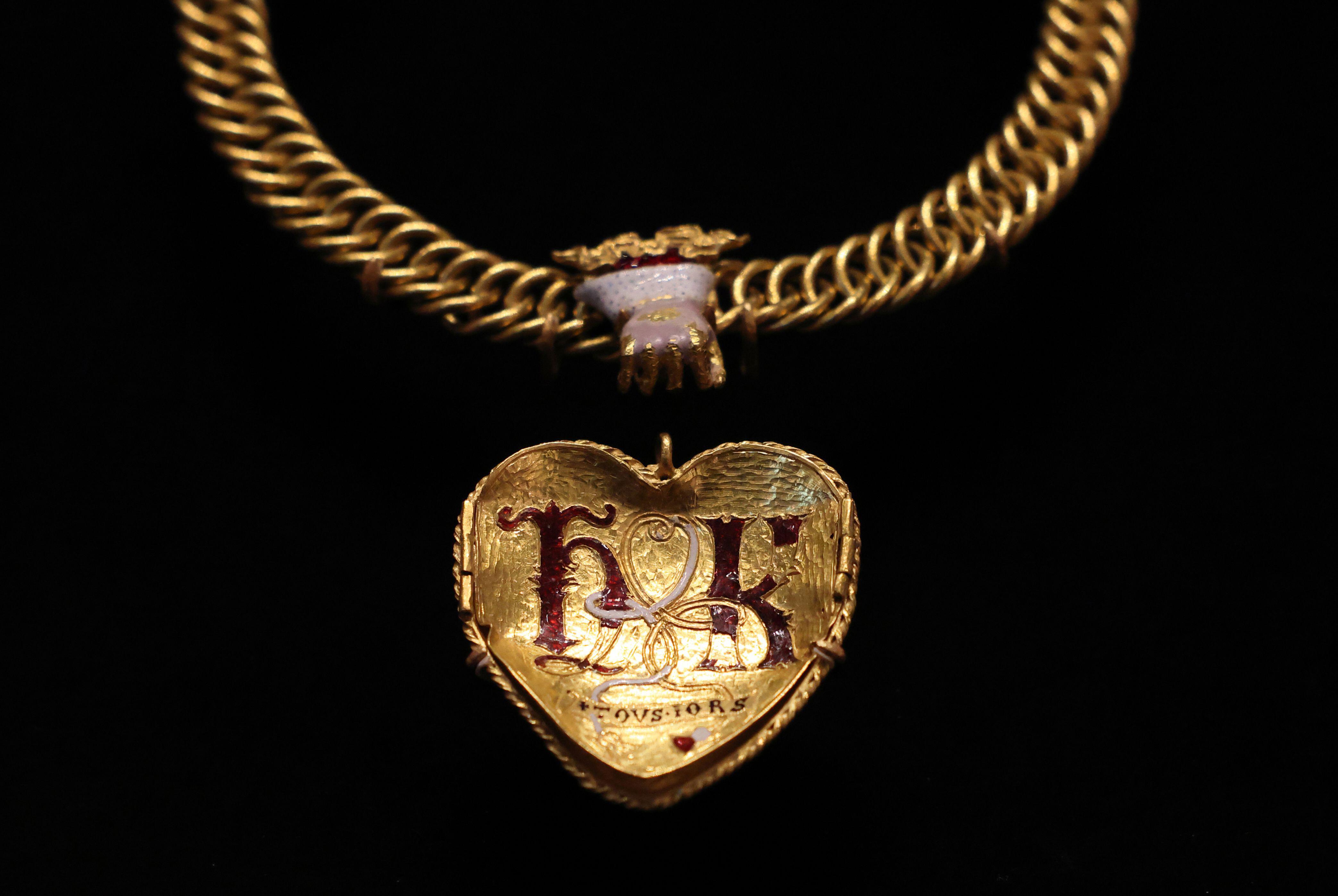Where to stay in Britain: February in Bath
Country Life's guide to visiting Bath: what to eat. where to stay, wildlife to look out for and the most spectacular garden in the city


Local food in Bath
The recipe used for Fortt's Bath Olivers is a trade secret; the ingredient list shows the biscuits are still yeast-leavened and contain butter; other ingredients are wheat flour, milk, animal fat, salt, malt extract, hops, and an antioxidant (E320).
The flour and butter are rubbed together and made into a stiff dough with milk in which a little sugar and yeast have been dissolved; a little salt is added. They rise for 90 minutes; the dough is kneaded with a brake until smooth; it is rested before being rolled to a thickness of about 3mm and cut into rounds. After resting, they are baked at 190˚C until gold and crisp.

Where to stay
Christened Aquae Sulis (waters of the sun) by the Romans, the romantic Regency city of Bath boasts many hotels and B&Bs
For luxury
On a slight incline overlooking the city stands The Bath Priory Hotel, Restaurant & Spa (01225 331922; www.thebathpriory.co.uk). Built in 1835, it was listed in the Sunday Times top 100 British restaurants
Exquisite houses, the beauty of Nature, and how to get the most from your life, straight to your inbox.
For simpler comforts
For a reasonably priced-and comfy B&B near the centre, try Brooks Guesthouse (01225 425543; www.brooksguesthouse.com)
For sophistication
Run by Tim Hugh-principal cellist with the London Symphony Orchestra-and his wife, Kathryn, Dorian House (01225 426336; www.dorianhouse.co.uk) offers period charm with modern sophistication.
For the unexpected
Set in the gardens of a 17th-century mansion near the centre, the Bath Paradise House Hotel (01225 317723; www.paradise-house.co.uk) is an unexpected gem with views of the Royal Crescent and Abbey.
For a taste of history
To relive what life was like in the 18th-century city, hire Marshal Wade's House (01628 825925; www.landmarktrust.org.uk) in Abbey Churchyard. Built in about 1720, this pretty building was formerly owned by Gen Wade, MP for Bath, whose London house was designed by Lord Burlington.
Nature notes
What to look for Along the river are the ubiquitous mallards and moorhens, and, according to the Avon Wildlife Trust, water voles and otters. By February, hazel catkins will be starting to emerge, and snowdrops and aconites will be peeping through the grass in the parks.
But, if you had to pick just one open space in Bath, the National Trust's Prior Park Landscape Garden in Ralph Allen Drive is not to be missed. Set in a sweeping valley overlooking the city, the 18th-century garden-which was created by local entrepreneur Ralph Allen, with advice from Capability Brown and the poet Alexander Pope-includes one of only four Palladian bridges of this design in the world.
A five-minute walk from the garden-complete with its Serpentine and Cascade-leads to the Bath Skyline, a six-mile circular walk through enchanting woodlands and meadows, an Iron Age hill fort, Roman settlements, 18th-century follies and jaw-dropping views.
Country Life is unlike any other magazine: the only glossy weekly on the newsstand and the only magazine that has been guest-edited by His Majesty The King not once, but twice. It is a celebration of modern rural life and all its diverse joys and pleasures — that was first published in Queen Victoria's Diamond Jubilee year. Our eclectic mixture of witty and informative content — from the most up-to-date property news and commentary and a coveted glimpse inside some of the UK's best houses and gardens, to gardening, the arts and interior design, written by experts in their field — still cannot be found in print or online, anywhere else.
-
 Can you buy happiness? The latest list of Britain's happiest places, and what you could end up with if you moved there
Can you buy happiness? The latest list of Britain's happiest places, and what you could end up with if you moved thereCan you buy happiness? Of course not, but you can buy a nicer house in a better town... and, well, that's probably going to help quite a bit.
-
 Is the British Museum's attempt to save a Tudor-era pendant with links to Henry VIII proof that the institution is on the up?
Is the British Museum's attempt to save a Tudor-era pendant with links to Henry VIII proof that the institution is on the up?After years of neglect and controversy, Britain's premier cultural institution seems to be finding its feet again.
